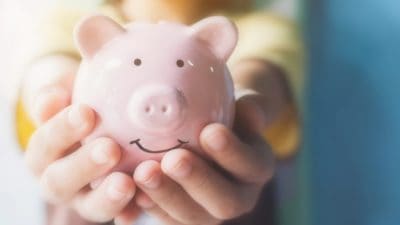Do you know how much you actually earn and spend? If you find yourself questioning where your money actually goes every month, keeping a budget can help ensure you stay on track.
Being aware of your income and spending patterns will help you stay on top of bills, build up an emergency fund, save for a big purchase, and prepare for retirement. The key to all this is budgeting, and this guide will help you get started.
Budgeting basics
At its core, a budget is simply a document that shows a a line-by-line estimate of how much money you expect to earn and spend over a week, month, or even year. Budgets can vary in complexity, but most will contain the following components:
- After-tax income: Your net income after all taxes and deductions, whether from salary, bursaries, commission, dividends, rentals, etc.
- Fixed expenses: These are expenses that you expect to pay the same amount every month or year. Examples include rent, internet, phone plans, utilities, and insurance.
- Variable expenses: These are expenses that change from month to month. Examples include leisure, groceries, gifts, travel, gas, and dining out.
- Savings: After tax income – fixed expenses – variable expenses = savings. This is what you have left over, which should be allocated to an emergency fund or your retirement portfolio.
Step 1: Gather information
The first step to preparing a monthly budget is to gather all the information you can about your monthly income and spending. This usually comes from paystubs and receipts. Having this information saves you from making inaccurate estimates.
Once you’ve gathered information, you should find a budget template. There are many good ones out there, but I like to use this one from the Government of Canada. Alternatively, you can make your own on a spreadsheet using any format you like.
Step 2: Input income and expenses
The next step is to input the numbers from your paystubs and receipts into your budget template, starting with net income, then fixed expenses, then variable expenses. If you don’t have information for some, an educated guess is OK, as long as you keep it conservative.
A good practice is to round up your expenses as a buffer. After all, it’s better to overestimate your spending and end up with more money than you expected, than to underestimate it and not have enough money to meet your needs.
Step 3: Evaluate and make decisions
Once you have imputed all the information, take a look at the bottom line. If your income exceeds your expenses, you will have a surplus. If this is the case, consider allocating it towards an emergency fund, investment portfolios, or anticipated large near future purchases.
If your expenses exceed your income, you will be left with a deficit. If this is the case, examine your expense items line by line to see if anything was unusually high. If not, consider what can be cut to bring your budget back in line. Running a deficit means living off debt, which is not a good idea.










